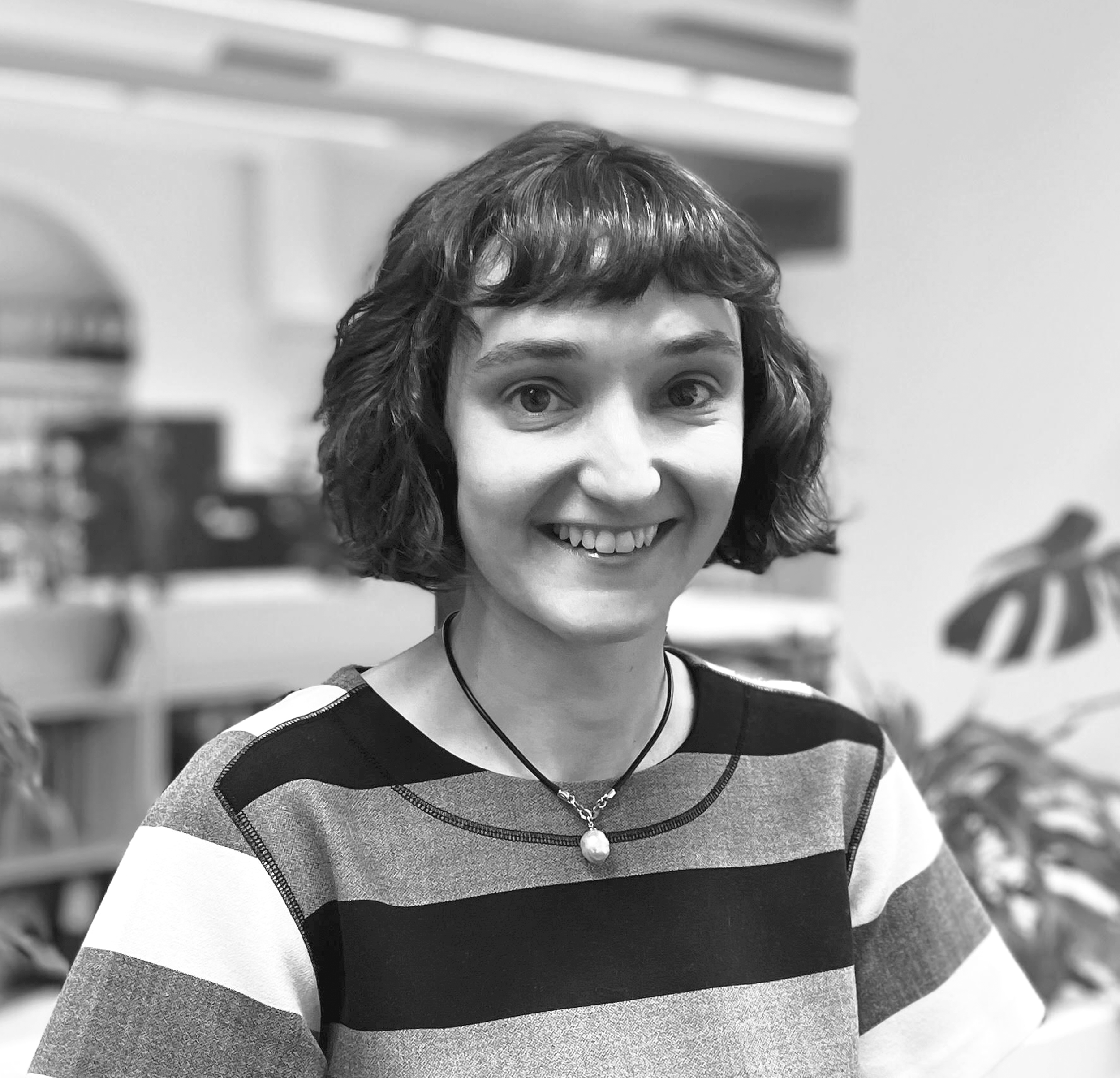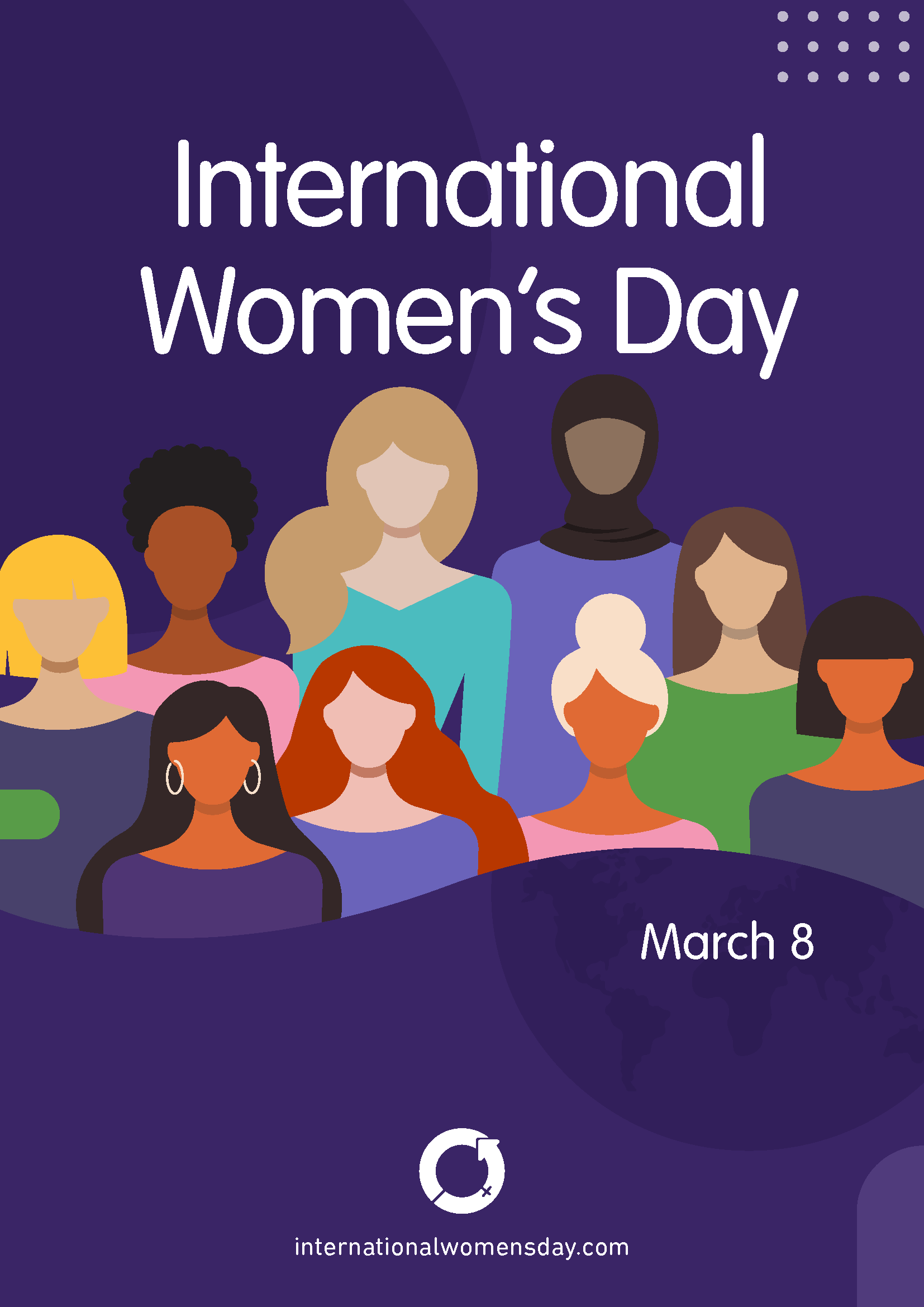International Women's Day 2023: Conversations with Women in Architecture
In line with International Women’s Day #EmbraceEquity campaign, we checked in with some of McIldowie Partners' leading architectural ladies to get some insights into gender roles and equity within the industry. Architects Kalynda Davidson, Bridget McKid and Annabel Sawyer share some thoughts.
Kalynda Davidson - Associate
Kalynda knew from age six that she wanted to be an architect and has been in the industry since graduating in 2007, a year when 50% of graduates were female. Because of this, it was surprising for her to learn that women only represent 31% of the total architecture population in Australia. That number begins to decline again amongst the senior ranks. Kalynda speculates that perhaps this is because women often need to "stop" and "start" their careers to have children.
When asked what she might say to a young woman starting out in architecture, Kalynda says, "Although it might feel like you are playing in a boys club at times, know that it is changing. Hold your own, be strong, speak your mind, follow your passion and remember, 'what you permit is what you promote'."
As a mother of three children (an eight-year-old daughter and six-year-old twins), Kalynda is hopeful for the future of women in architecture. "I believe we live in an era when women can have it all; we don't have to choose." She said. "Women are speaking up more and more, and although we haven't reached our peak yet, I do hope that as more women become leaders in our industry, this number moves closer to 50%."
Kalynda believes that a simple way to combat gender equity in the workplace is by acknowledging and declaring what the gender pay gap is whilst also creating a clear and transparent leadership pathway for all genders. Lastly, Kalynda urges women to keep talking about it. "By women verbalising, writing about and embracing gender inequity, it allows the unconscious thinking, for all genders, to become conscious. However, it shouldn't just be once a year; it should be part of everyday conversations."
Bridget McKid - Architect
Since graduating in 2007, Bridget has immersed herself in architecture.
While Bridget enjoys working in the industry, she acknowledges that women are less likely to hold leadership positions, stating, "Mothers, in particular, lose out on career and salary advancements because of time spent away from the workplace caring for children." She explains, "In traditional leadership, there's often an unconscious bias, with leaders tending to promote people like themselves. Until the architecture industry increases the number of women in leadership positions, it will be hard for women to climb the career ladder."
For Bridget, a mother of three (a five-year-old and two-year-old twins), equity in the workplace is the ability to work from home with flexible working hours to enable school/daycare drop-off and pickup. "When it comes to my family, I feel my workplace has considered my individual needs," she says. "It's a juggling act shared with my husband, with his work also providing the same level of flexibility."
To make a dent in gender equity in the workplace, Bridget firmly believes that childcare should be free and more accessible. "If childcare was free, women could get back into the workforce, minimising the gender pay gap and allowing women to continue to build their superannuation and pay off their HECS debt."
Additionally, Bridget raised that policymakers should consider policies encouraging fathers to stay home with their children. "Paid parental leave should be available to both parents, not just for the family member who earns the least - which, more often than not - is the woman."
Annabel Sawyer - Associate
Annabel has worked in the industry since graduating in 2011 with a double degree in architecture and construction management. Learning some valuable lessons along the way, she is keen for young women starting out in the industry to understand that their voices and opinions are essential and should be part of the conversation. "Women in a work environment often wait until they know they have the 100% correct answer to the question or have fulfilled all the criteria for that new job or promotion, which is often contrary to our male counterparts."
For Annabel, it is important to her that young women in the profession are a participant in the conversation and not just a bystander. While this can be somewhat easier to foster in the architectural office, she notes that it is still common to be the only woman at the table in client or consultant meetings, particularly on-site. In these situations, it can be challenging to feel like you are an active participant in the conversation or have valuable input to add as an early-career architect.
"Being part of the conversation can look like many different things; maybe it's asking a question to a Consultant, making a suggestion, or simply asking a builder’s opinion on how best to construct a certain detail," she explains. "Your opinion on a project, even differing, is valid, particularly as women usually make up half the user group."
Annabel would like to remind young women that they do not need perfection. "It's okay not to know the answer. Letting a team know that you will look further into a question or a topic is still participating in the conversation. As architecture professionals, we continually learn and grow throughout our careers."
Lastly, she says the onus is also on the experienced architects: "It is critical that we not only make space for young females at the table but also provide them an opportunity to be part of the conversation."
International Women’s Day 2023: #EmbraceEquity
Imagine a gender-equal world. A world free of bias, stereotypes, and discrimination. A world that's diverse, equitable, and inclusive. A world where difference is valued and celebrated. Together we can forge women's equality. Collectively we can all #EmbraceEquity.
Celebrate women's achievements. Raise awareness about discrimination. Take action to drive gender parity.IWD belongs to everyone, everywhere. Inclusion means all IWD action is valid. For more, visit www.internationalwomensday.com



